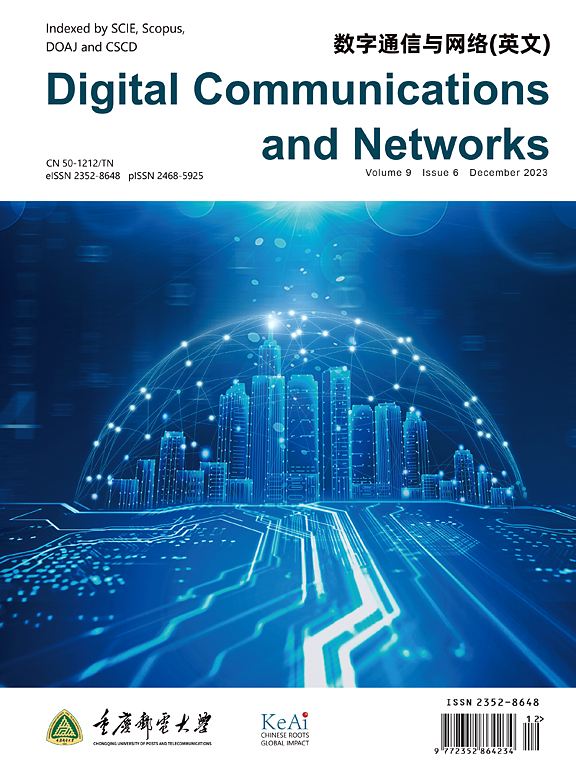用于轻量级皮损分类的关系感知相互学习方法
IF 7.5
2区 计算机科学
Q1 TELECOMMUNICATIONS
引用次数: 0
摘要
近年来,深度学习在皮肤癌诊断方面取得了重大进展。然而,大多数方法优先考虑高预测精度,而不考虑计算资源的限制,使得它们不适合可穿戴设备。在这种情况下,知识蒸馏已经成为一种有效的方法,能够显著减少模型对计算和存储资源的依赖。然而,以往的研究存在两个局限性:1)学生模型只能被动地接受来自教师模型的知识;2)教师模型在训练过程中不能有效地对样本关系进行建模,可能会阻碍知识蒸馏过程中样本关系相关知识的有效转移。为了解决这些问题,我们采用了两个相同的学生模型,每个模型都配备了一个示例关系模块。这种设计确保了学生模型在建模样本关系时可以相互学习。我们在ISIC 2019数据集上进行了大量实验,以验证我们方法的有效性。结果表明,我们的方法显着提高了对各种类型皮肤病的识别。与最先进的方法相比,我们的方法具有更高的准确性和更好的泛化能力。本文章由计算机程序翻译,如有差异,请以英文原文为准。
A relationship-aware mutual learning method for lightweight skin lesion classification
In recent years, deep learning has made significant advancements in skin cancer diagnosis. However, most methods prioritize high prediction accuracy without considering the limitations of computational resources, making them impractical for wearable devices. In this case, knowledge distillation has emerged as an effective method, capable of significantly reducing a model's reliance on computational and storage resources. Nonetheless, previous research suffers from two limitations: 1) the student model can only passively receive knowledge from the teacher model, and 2) the teacher model does not effectively model sample relationships during training, potentially hindering the effective transfer of sample relationship-related knowledge during knowledge distillation. To address these issues, we employ two identical student models, each equipped with a sample relationship module. This design ensures that the student models can mutually learn while modeling sample relationships. We conducted extensive experiments on the ISIC 2019 dataset to validate the effectiveness of our method. The results demonstrate that our approach significantly improves the recognition of various types of skin diseases. Compared to state-of-the-art methods, our approach exhibits higher accuracy and better generalization capabilities.
求助全文
通过发布文献求助,成功后即可免费获取论文全文。
去求助
来源期刊

Digital Communications and Networks
Computer Science-Hardware and Architecture
CiteScore
12.80
自引率
5.10%
发文量
915
审稿时长
30 weeks
期刊介绍:
Digital Communications and Networks is a prestigious journal that emphasizes on communication systems and networks. We publish only top-notch original articles and authoritative reviews, which undergo rigorous peer-review. We are proud to announce that all our articles are fully Open Access and can be accessed on ScienceDirect. Our journal is recognized and indexed by eminent databases such as the Science Citation Index Expanded (SCIE) and Scopus.
In addition to regular articles, we may also consider exceptional conference papers that have been significantly expanded. Furthermore, we periodically release special issues that focus on specific aspects of the field.
In conclusion, Digital Communications and Networks is a leading journal that guarantees exceptional quality and accessibility for researchers and scholars in the field of communication systems and networks.
 求助内容:
求助内容: 应助结果提醒方式:
应助结果提醒方式:


